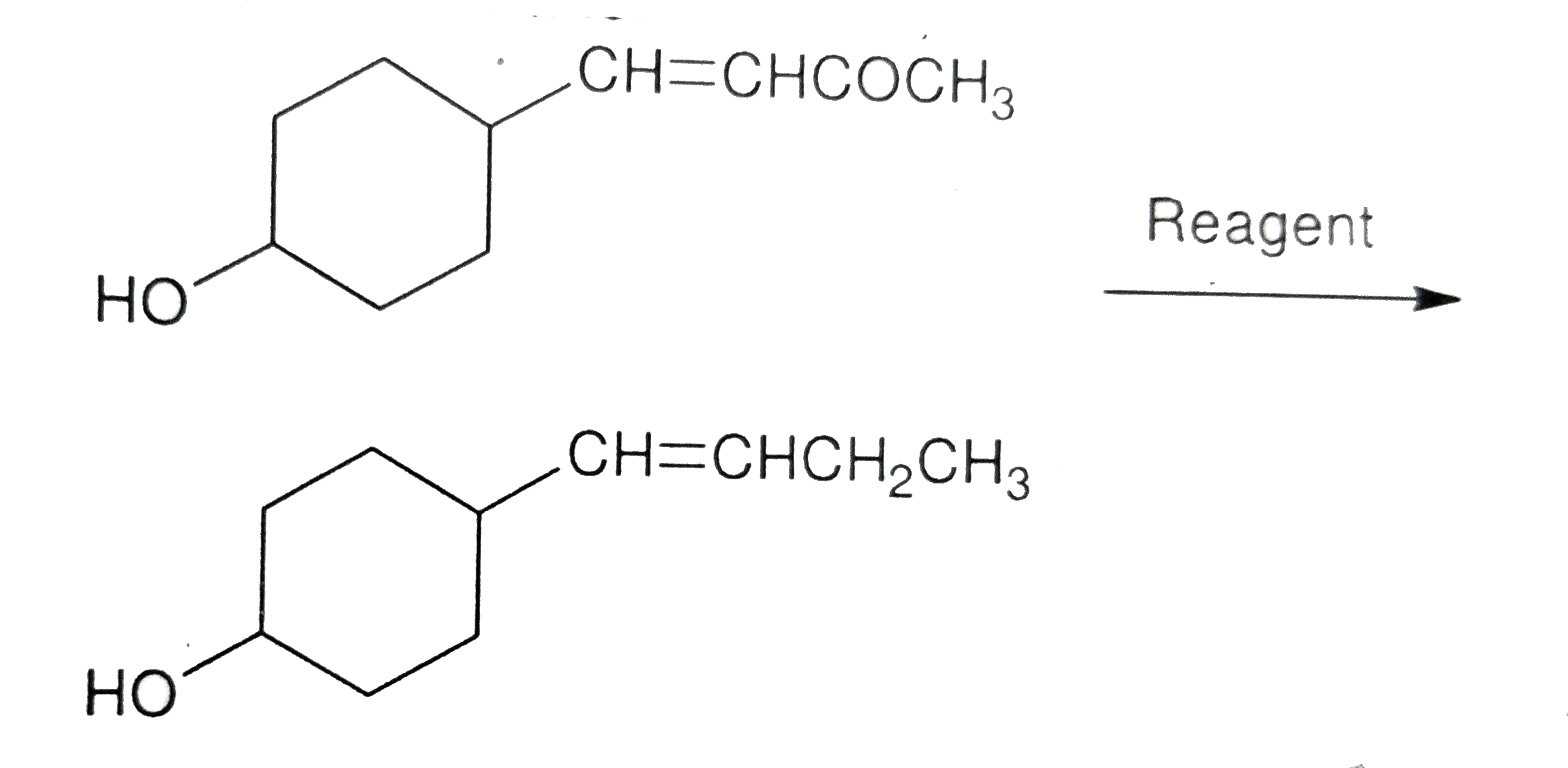Which of the following is most appropriate for aerobic respiration ?
GlucoseMitochondria−−−−−−−→ Pyruvate Cytoplasm−−−−−→CO2+H2O+ Energy
GlucoseCytoplasm−−−−−→ Pyruvate Mitochondria−−−−−−−→CO2+H2O+ Energy
GlucoseCytoplasm−−−−−→ Pyruvate + Energy Mitochondria−−−−−−−→CO2+H2O+ Energy
Glucose Cytoplasm−−−−−→ Pyruvate + Energy Mitochondria−−−−−−−→CO+H2O+ Energy
The correct Answer is:B
Step-by-Step Solution:
1. Understanding Aerobic Respiration:
- Aerobic respiration is a process that occurs in the presence of oxygen. It involves the breakdown of glucose to produce energy.
2. Location of Glycolysis:
- The first step of aerobic respiration is glycolysis, which takes place in the cytoplasm of the cell. During glycolysis, glucose is broken down into pyruvate.
3. Conversion of Pyruvate:
- After glycolysis, the pyruvate produced is transported into the mitochondria. Here, it undergoes further breakdown in a series of reactions that produce carbon dioxide (CO2), water (H2O), and ATP (adenosine triphosphate).
4. ATP Production:
- The complete aerobic respiration process yields approximately 38 molecules of ATP per molecule of glucose. This ATP is the energy currency of the cell.
5. Gas Exchange:
- During aerobic respiration, carbon dioxide is released as a waste product, while water is also produced.
6. Evaluating Options:
- When presented with multiple-choice options, the correct answer must align with the processes described above.
- Option B accurately reflects the sequence of events in aerobic respiration, while the other options misrepresent the locations or processes involved.
7. Conclusion:
- Therefore, the most appropriate answer for aerobic respiration from the given options is Option B.
- Aerobic respiration is a process that occurs in the presence of oxygen. It involves the breakdown of glucose to produce energy.
- The first step of aerobic respiration is glycolysis, which takes place in the cytoplasm of the cell. During glycolysis, glucose is broken down into pyruvate.
- After glycolysis, the pyruvate produced is transported into the mitochondria. Here, it undergoes further breakdown in a series of reactions that produce carbon dioxide (CO2), water (H2O), and ATP (adenosine triphosphate).
- The complete aerobic respiration process yields approximately 38 molecules of ATP per molecule of glucose. This ATP is the energy currency of the cell.
- During aerobic respiration, carbon dioxide is released as a waste product, while water is also produced.
- When presented with multiple-choice options, the correct answer must align with the processes described above.
- Option B accurately reflects the sequence of events in aerobic respiration, while the other options misrepresent the locations or processes involved.
- Therefore, the most appropriate answer for aerobic respiration from the given options is Option B.
Topper's Solved these Questions
- BOOK - NCERT EXEMPLAR ENGLISHCHAPTER - LIFE PROCESSESEXERCISE - Short Answer Type Questions36videos
LIFE PROCESSES
- BOOK - NCERT EXEMPLAR ENGLISHCHAPTER - LIFE PROCESSESEXERCISE - Long Answer Type Questions11videos
LIFE PROCESSES
- BOOK - NCERT EXEMPLAR ENGLISHCHAPTER - HOW DO ORGANISMS REPRODUCEEXERCISE - Long Answer Type Questions10videos
HOW DO ORGANISMS REPRODUCE
- BOOK - NCERT EXEMPLAR ENGLISHCHAPTER - OUR ENVIRONMENTEXERCISE - LONG ANSWER TYPE QUESTIONS8videos
OUR ENVIRONMENT
Similar Questions
Knowledge Check
- Question 1 - Select One
Which of the following most appropriately describes haemophilia?
AChrosomal disorderBDominant gene disorderCRecessive gene disorderDX-linked recessive gene disorder
Which one of the following is most appropriately defined?
View SolutionTypes of aerobic respiration are
View SolutionWhich of the following is a by product of Aerobic respiration?
i. Carbon dioxide
ii. Oxygen
iii. Water
iv. None of themView SolutionIn the given transformation, which of the following is the most appropriate reagent ?
 View Solution
View SolutionIn the given transformation , which of the following is the most appropriate reagent ?
 View Solution
View SolutionWhich of the following is the most appropriate statement of infertility ?
View SolutionWhich of the following is the most appropriate statement of infertility ?
View Solution

